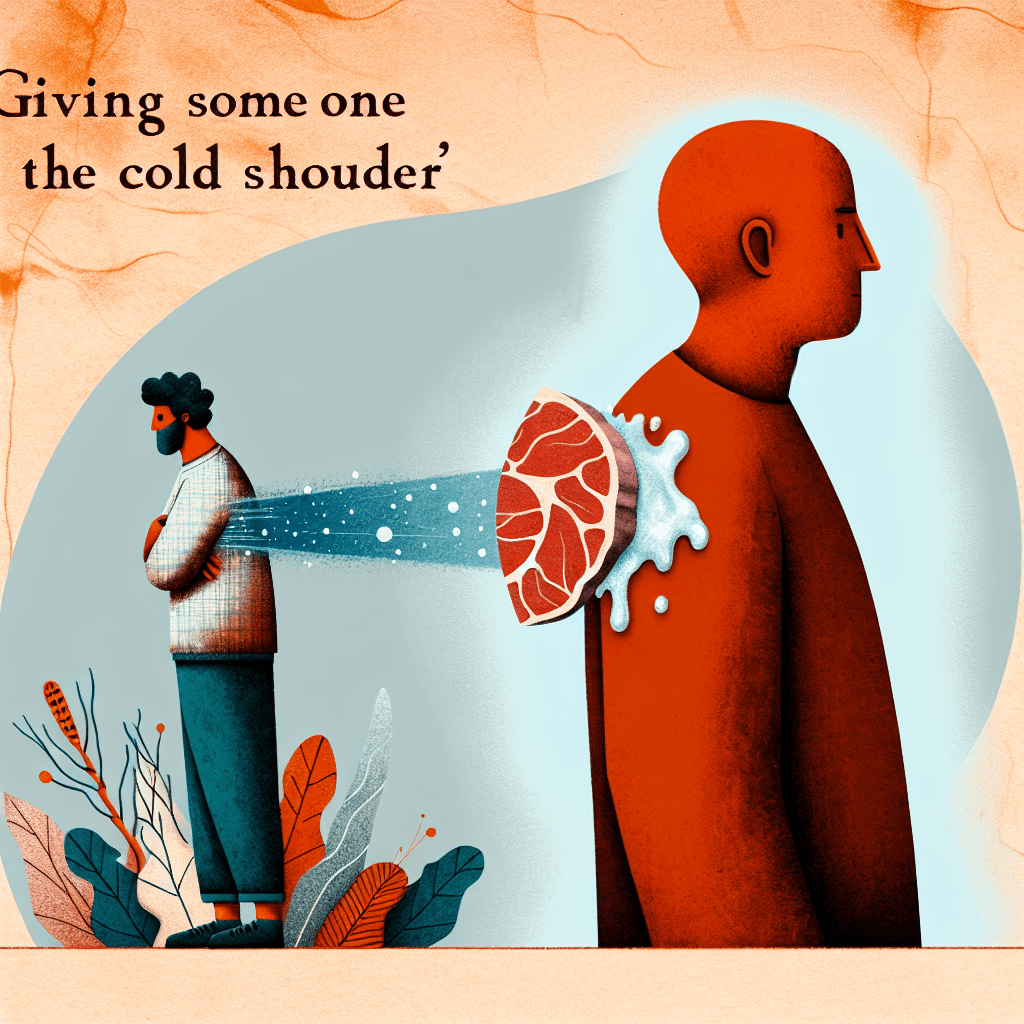Why does it rain diamonds on Neptune and Uranus
Deep within these distant ice giants, crushing pressure and extreme heat forge a glittering storm, causing trillions of carats of solid diamond to rain down through their atmospheres.


Too Long; Didn't Read
Deep inside Neptune and Uranus, intense heat and pressure crush methane molecules, forcing their carbon atoms to crystallize into solid diamonds that rain down toward the planets' cores.
Blog Post Title: A Billion-Carat Forecast: Why Does It Rain Diamonds on Neptune and Uranus?
Introduction
Forget gentle spring showers or even a blustering hailstorm. On the distant, frigid worlds of Neptune and Uranus, the forecast calls for something far more extraordinary: a steady downpour of solid diamonds. This isn't science fiction; it's a fascinating scientific theory supported by compelling experimental evidence. While we can't send a probe to scoop up these cosmic gems, scientists have pieced together a clear picture of the incredible atmospheric processes at play on our solar system's ice giants. This post will delve into the extreme chemistry and physics behind this celestial phenomenon, exploring exactly how and why it rains diamonds on Neptune and Uranus, turning our understanding of weather on its head.
The Perfect Recipe for a Diamond Storm
To understand diamond rain, we first need to look at the ingredients. Neptune and Uranus are known as "ice giants" for a reason. Unlike the gas giants Jupiter and Saturn, which are composed almost entirely of hydrogen and helium, the atmospheres of Neptune and Uranus are rich in heavier elements, often called "ices" in planetary science.
The key ingredient for diamond rain is methane (CH4). Their signature blue-green hues are a direct result of methane gas in their upper atmospheres, which absorbs red light from the sun and reflects blue light back into space. But deeper inside these planets, this same simple molecule is the source material for something incredibly valuable.
Under Pressure: Forging Gems in a Planetary Forge
The journey from a simple gas to a precious gem happens deep within the planets' dense, turbulent atmospheres. The process is a result of two critical factors: immense pressure and high temperatures.
- Extreme Squeeze: Thousands of kilometers below the cloud tops, the atmospheric pressure becomes immense—millions of times greater than on Earth's surface.
- Intense Heat: At these same depths, temperatures soar to thousands of degrees Celsius.
Under these extreme conditions, the methane molecules can't hold themselves together. The powerful pressure and heat break the chemical bonds holding the methane (CH4) molecules apart, splitting them into their constituent atoms: hydrogen and carbon.
From Carbon Atoms to Falling Crystals
Once the carbon atoms are floating free, the second stage of the process begins. The crushing pressure of the surrounding atmosphere squeezes these loose carbon atoms together. This immense force compresses them into tight, stable, three-dimensional lattice structures—the very definition of a diamond.
Recent experiments, like those conducted at the SLAC National Accelerator Laboratory, have brilliantly confirmed this theory. Scientists used high-powered lasers to simulate the intense conditions found inside the ice giants. By blasting a simple plastic material (polystyrene, which also contains hydrogen and carbon), they were able to generate shockwaves that created the necessary pressure and heat. In fractions of a second, they observed the carbon atoms within the plastic reorganizing themselves into tiny "nanodiamonds," proving the process is not only possible but likely.
Because these newly formed solid diamonds are denser than the surrounding soupy mixture of atmospheric gases, they begin to slowly sink, or "rain," down toward the planetary core. Scientists theorize that over billions of years, this steady diamond drizzle has accumulated into a thick, glittering layer deep within the planets, perhaps surrounding their small, rocky cores.
Conclusion
The concept of raining diamonds sounds like something out of a fantasy novel, yet it's a real and spectacular example of planetary science. The process is a simple, yet elegant, chain of events: an abundance of methane in the atmosphere is broken down by the incredible heat and pressure found deep within Neptune and Uranus. This releases carbon atoms, which are then compressed into solid diamonds that slowly rain down through the planets' interiors. This phenomenon not only reveals the exotic nature of our celestial neighbors but also underscores how different—and how much more extreme—the conditions can be on other worlds. It’s a glittering reminder that our solar system is filled with wonders that continue to challenge our imagination and expand our knowledge.


